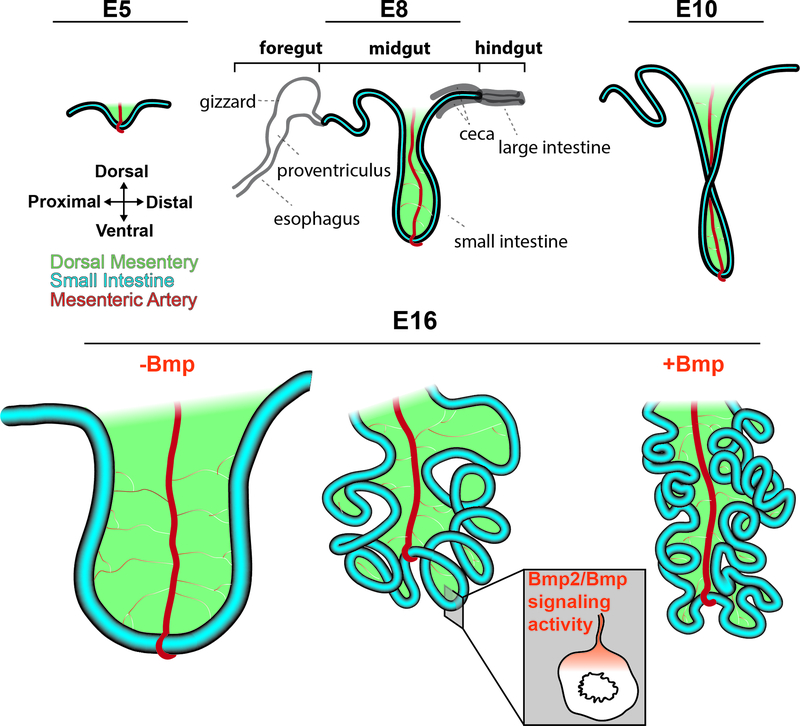Figure 2. Looping morphogenesis of the midgut.
At embryonic day 5 (E5), the midgut (blue) forms a hairpin loop that buckles ventrally at the attachment of the superior mesenteric artery (red). This hairpin loop increases in length during development, and by E10 turns counterclockwise 90 degrees. At E16, the midgut displays a highly stereotyped looping morphology caused by differential growth between the dorsal mesentery and the faster growing gut tube that leads to tissue buckling. Bmp signaling activity, which is present in a dorsal to ventral gradient from the dorsal mesentery to the intestinal mesenchyme, regulates this differential growth: hyperactivation using RCAS-Bmp2 (+Bmp) increases loops, while inhibition using RCAS-Noggin (-Bmp) reduces looping. Other compartments of the digestive tract are shown in grey at E8 for context.

